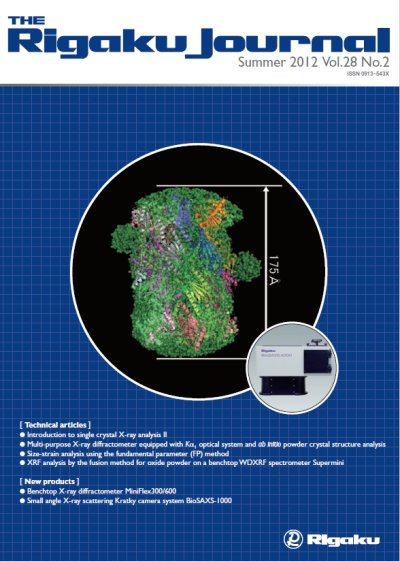During data collection in single crystal structure analysis, a crystal is kept within the X-ray beam and rotated and oriented in various directions for hours to days. Therefore, the crystal mount should satisfy two contradictory conditions: it should hold the crystal steady for a relatively long period of time without blocking the incident X-ray beam. Some additional points should be considered when choosing the crystal mount. An ideal crystal mount, if such a thing exists, should meet all of the following conditions:
- it should be completely transparent to the incident beam,
- it shouldn’t block any diffraction from the crystal,
- it should produce no extra diffraction,
- it should be stable throughout data collection,
- it should allow the crystal to be completely bathed in the X-ray beam, and
- it should not damage the crystal.
It is almost impossible to satisfy all of these conditions simultaneously, but efforts should be made to satisfy as many as possible.
Conventionally, the crystal is glued to the tip of a glass fiber. This is a versatile method applicable to a wide range of crystals. However, there are some other useful options. By employing an appropriate mounting method, one can collect a good data set from a difficult crystal. In this article, the latest crystal mounting methods and tools will be introduced.

